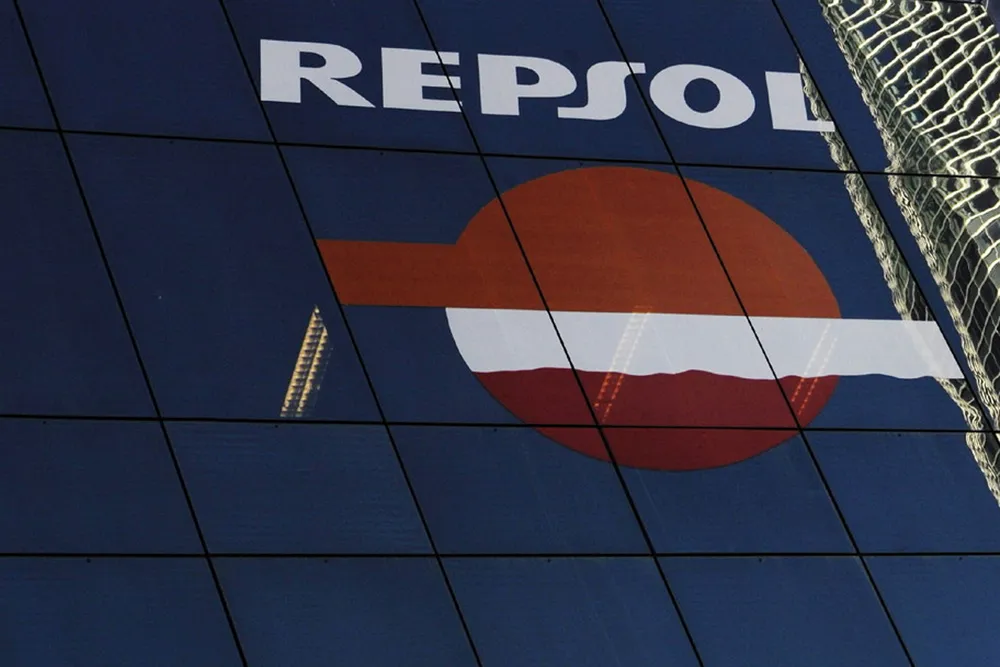Repsol kicks off massive Spanish wind power expansion
Spanish giant starts construction on two wind farms in Aragon that are part of the 860 MW Delta 2 cluster

Spanish giant starts construction on two wind farms in Aragon that are part of the 860 MW Delta 2 cluster
